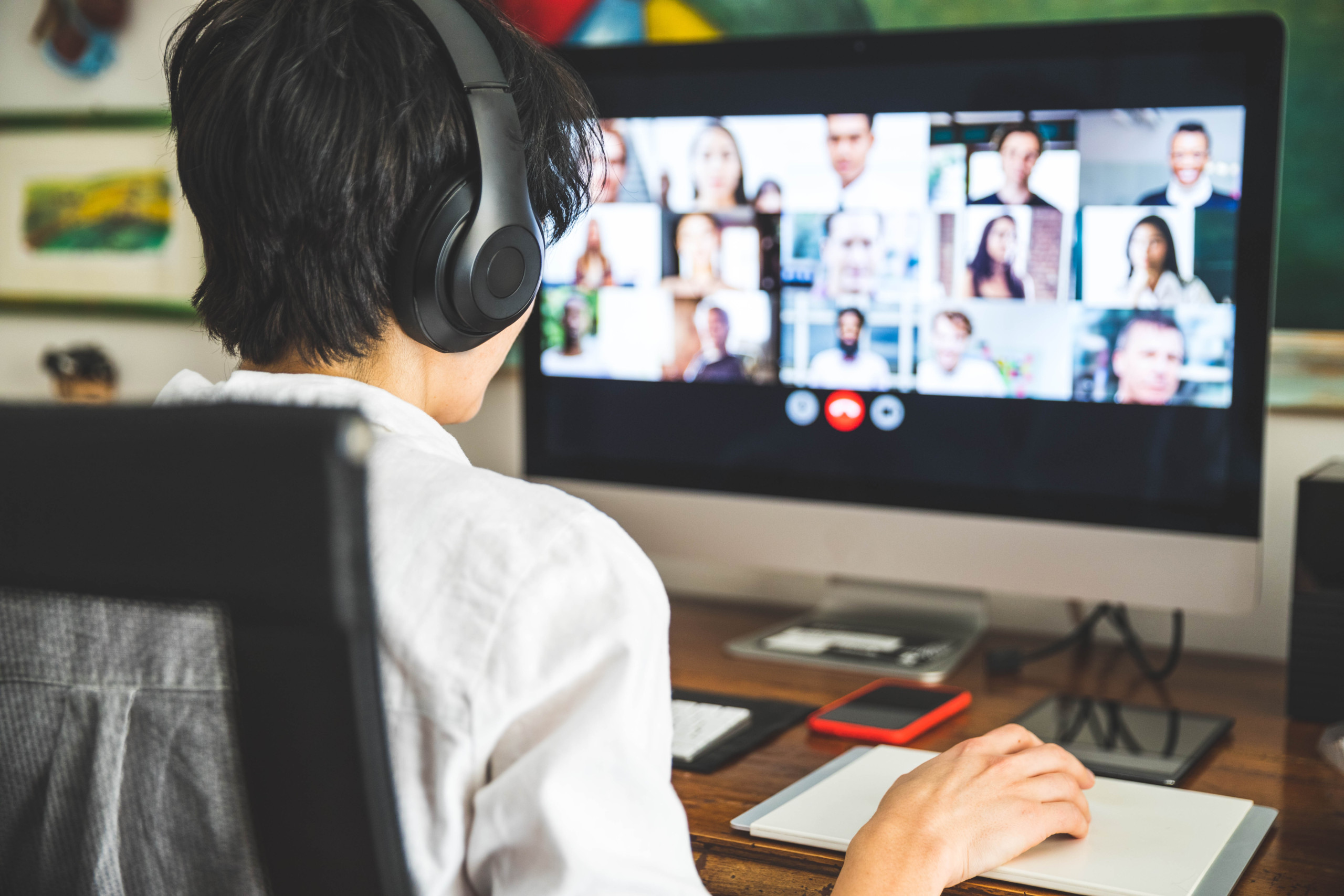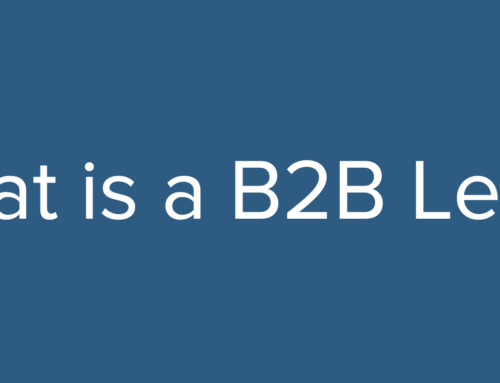One very obvious phenomenon during the COVID-19 crisis has been the great increase in online live and recorded webinars and full-on virtual events (multi-session events). We have been directly involved in increasing the use of both and both creating and project managing these events. Here are some best practices for today’s virtual events to keep in mind:
Develop guidelines for the SMEs (Subject Matter Experts)
Some SMEs have done webinars, and some have not, but we’ve learned it’s best to provide them with virtual sessions guidelines such as:
- Ensuring they know who their audience will be (e.g., customers, prospects, partners)
- Provide direction on type of content (e.g., educational, how-to, case studies that demonstrate applied value) that delivers real value to their audience
- Expectations you have on presentation audio/location control – meaning, to use a quality headset on computer or phone, if using video then expected appearance or logo apparel, private setting with all phones muted or doors closed – uninterrupted.
- Template for slides
- Firm agreement on length of webinar (30-35 minutes is optimal) – leaving room for great Q&A session (45 -50 minute target in total)
Delivering guidelines ahead of time and doing a walk-thru in advance of your session for additional training will greatly raise the quality of your sessions.
Market the On-Demand Session Content Often
One huge value about virtual sessions is your ability to continue to reap benefits well into the future. You are building a library of content you can continue to market to engage customers and prospects and give you reasons to speak with them. Build an online library and market liberally to internal list, through paid search, and targeted media opportunities (tip – market single-topic sessions to bring focus, but always promote the library as an additional option.
Repurpose Your Sessions Content to Maximize Value
One challenge all marketers face when trying to write white papers or case studies is getting a SME to either write a paper or sit down long enough and often enough to share the knowledge required. Writing is the easy part if you have the actual content knowledge.
A virtual session presented by a SME is a gold mine. With today’s multitude of options for audio transcription, you can convert any session’s words to paper in short order, then simply had that to a skillful writer who can read the transcription and along with the slides presented create a white paper, a technical article, or case study (depending on type of content). The SME did what they do best – talk about what they know and convey knowledge and influence – and you simply converted it to another form that you can use in marketing. Just a reminder — this doesn’t work if the session is a sales presentation (back to content guidance).
How you have an on-demand session AND a paper to market!
Organize any Email Marketing Tactics to Protect your List Health
One client I have has been marketing two webinars per month since last November along with an additional virtual event and also regular marketing activities like their newsletter. We noticed some list fatigue as they tried to add additional sessions because of the popularity and honestly, because of the response in new sales they got as a result of the program.
The lesson to learn is plan your events out so that you can market consistently.
For Most Webinars, Use a Platform that Automatically MUTES all Attendees
Unless you are offering a very purposeful workshop type learning environment with say – less than 20 attendees, use a platform that automatically mutes ALL attendees. It’s just not worth risking the dog barking, the spouse asking if someone is busy, the kids saying “Mommy, Mommy, Mommy.”
All platforms have a fairly robust way to engage your audience through polls, Q&A capabilities in writing, and allowing the download of related materials. Using a moderator that can manage the Q&A portion to read the questions and allow the speaker or panel to answer works just fine.
And — as I learned recently, just before going live on the broadcast, remind ALL panelist that unless they are the current speaker, keep their microphones muted and their video off.
Speaking of a Moderator
My final best practice for today’s virtual event is about having a “moderator” or master of ceremonies so to speak. I highly recommend that you have a completely separate person to welcome everyone, go over housekeeping items (brief summary of how and why to use chat or enter questions, etc.), introduce the speaker, handle polls, monitor the time, and watch and curate questions for the Q&A session.
As a person who has both moderated and also been the speaker on many webinars sessions, I can tell you that your speaker will find this VERY helpful as they can focus on content, and your audience will really enjoy the fact that there is a second voice and there is a “back of forth” in the Q&A. You don’t have to be Jonny and Ed on the Tonight Show, but find a moderator with a great voice, good positive energy, and that can think on their feet to handle any technical situations as well as speaker/audience management.
Summary
As we wrap, you might want to look back at my prior post titled “Putting Trade Show Dollars to Work” to gain some perspective on what makes virtual sessions/events effective and why you should invest in them now. For our purposes here, just keep these best practices in mind as you press on with your own events. And, as always, if you need any assistance, feel free to reach out to GrowthPoint for professional B2B marketing consulting and services.






